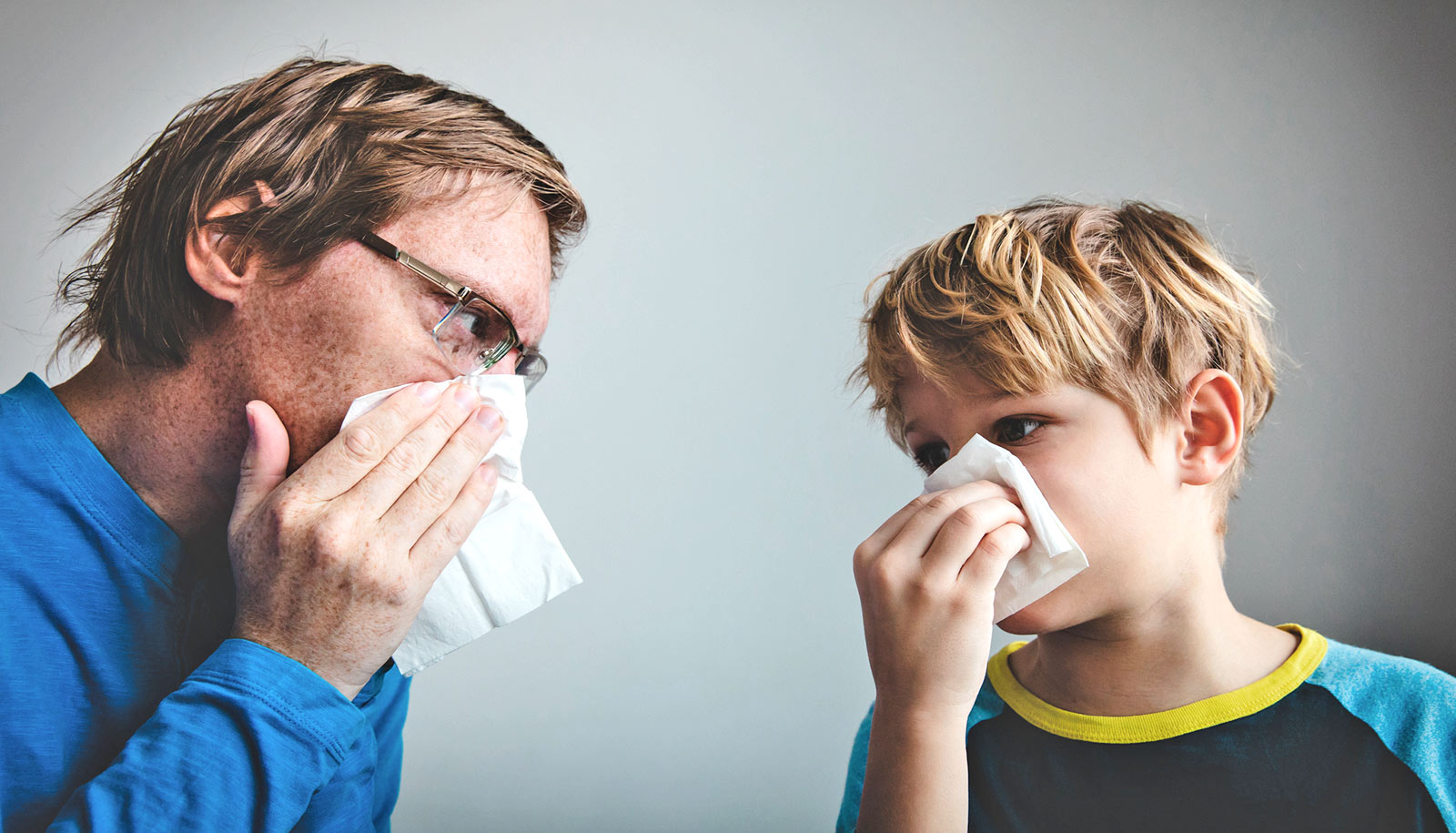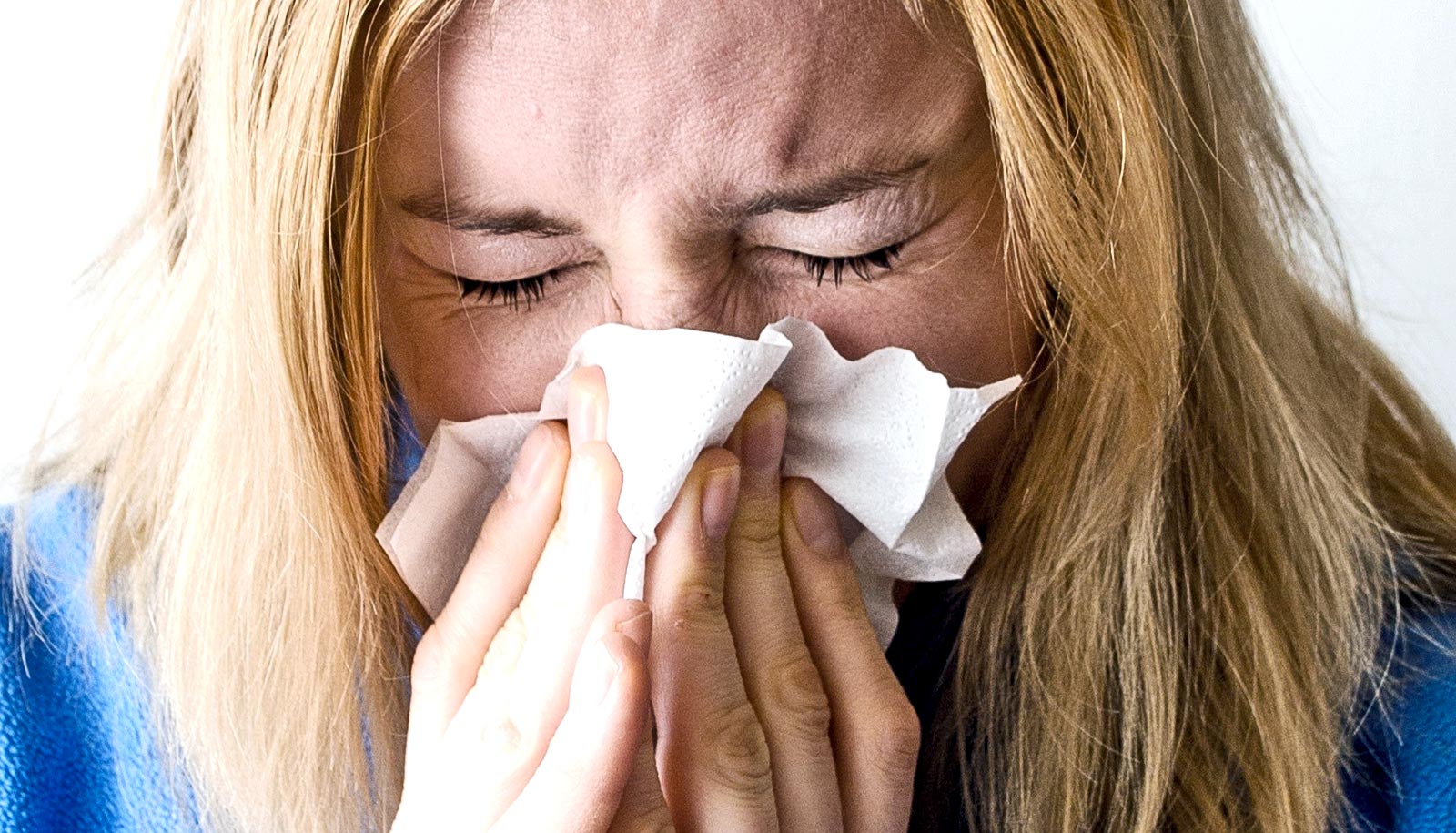Increasing temperatures due to human-made climate change will likely result in a longer and more intense allergy season, researchers say.
Allergy sufferers could see that season last an additional 19 days before high pollen counts may subside.
By the end of this century, pollen emissions could begin 40 days earlier in the spring than between 1995 and 2014. In addition, because of rising temperatures and increasing CO2 levels, the annual amount of pollen emitted each year could increase up to 200%.
“Pollen-induced respiratory allergies are getting worse with climate change,” says study first author Yingxiao Zhang, a graduate student research assistant in climate and space sciences and engineering at the University of Michigan.
“Our findings can be a starting point for further investigations into the consequence of climate change on pollen and corresponding health effects.”
For the study in Nature Communications, researchers developed a predictive model that examines 15 of the most common pollen types and how projected changes in temperatures and precipitation will affect their production. They combined climate data with socioeconomic scenarios, correlating their modeling with the data from 1995 through 2014. They then used their model to predict pollen emissions for the last two decades of the 21st century.
Allergies symptoms run the gamut from the mildly irritating, such as watery eyes, sneezing, or rashes, to more serious conditions, such as difficulty breathing or anaphylaxis. According to the Asthma and Allergy Foundation of America, 30% of adults and 40% of children in the United States suffer from allergies.
Allison Steiner, professor of climate and space sciences and engineering, says the modeling her team developed could eventually allow for allergy season predictions targeted to different geographical regions.
“We’re hoping to include our pollen emissions model within a national air quality forecasting system to provide improved and climate-sensitive forecasts to the public.”
The National Science Foundation supported the research.
Source: University of Michigan



